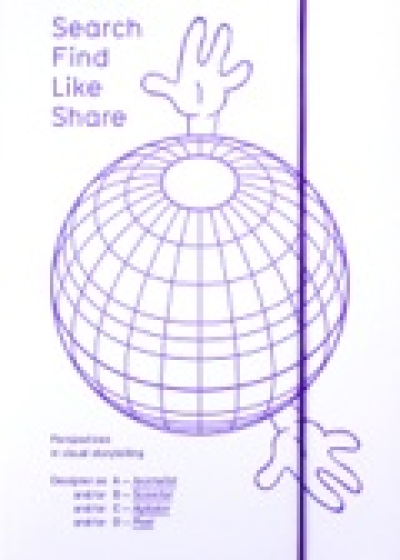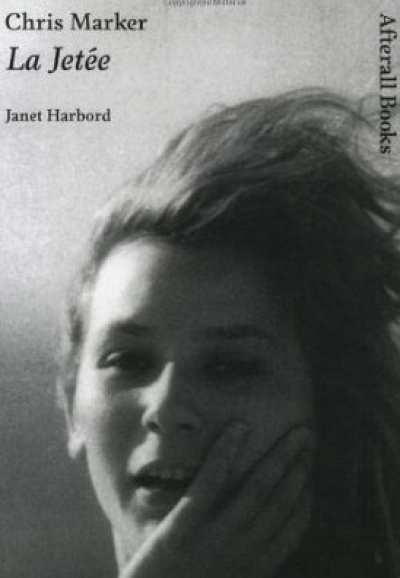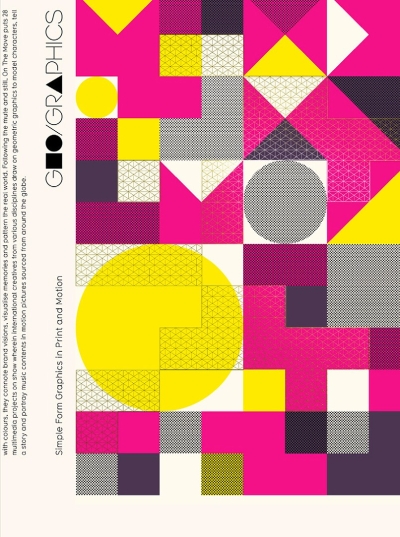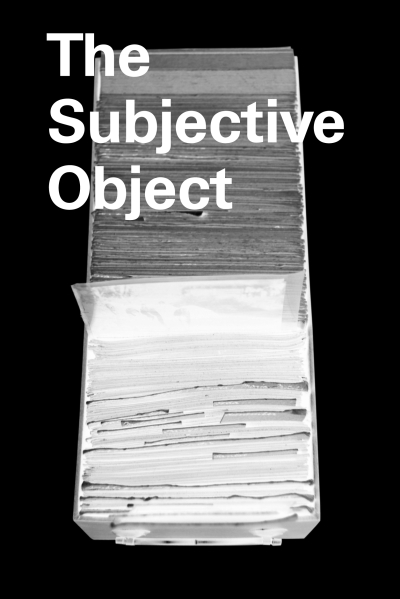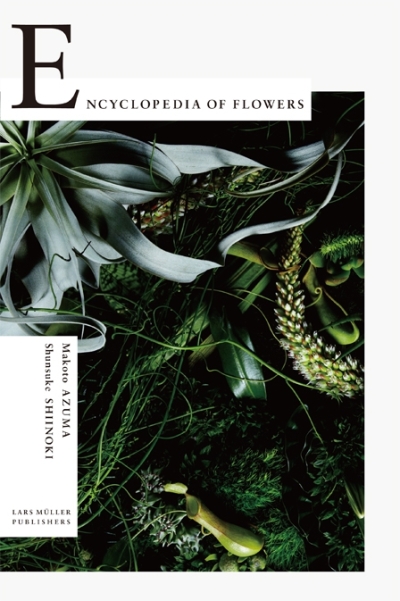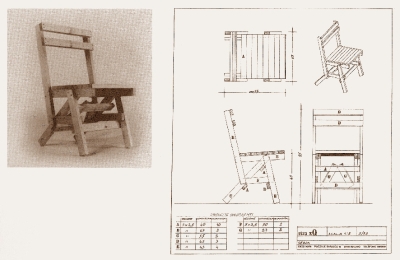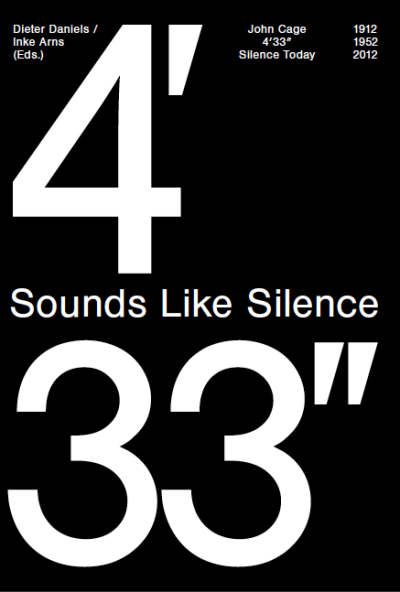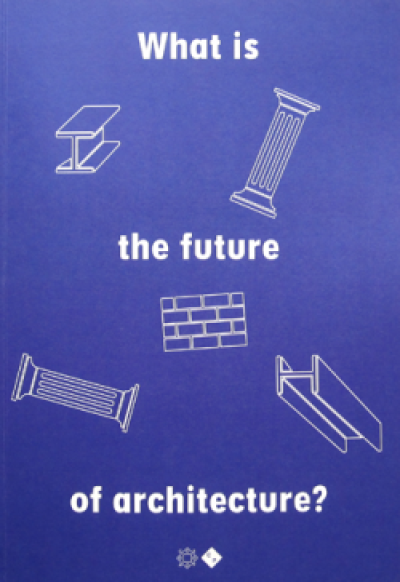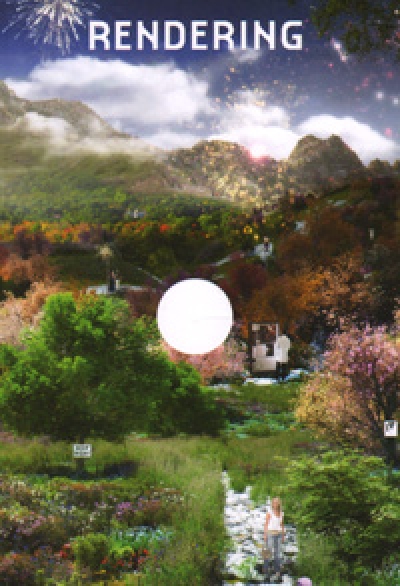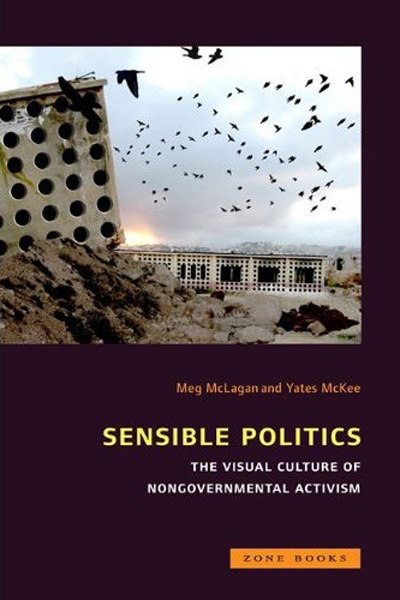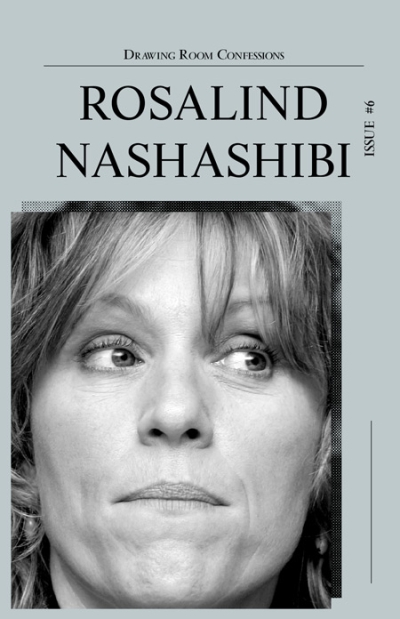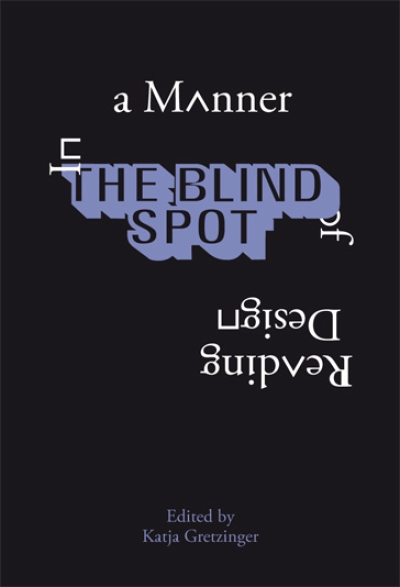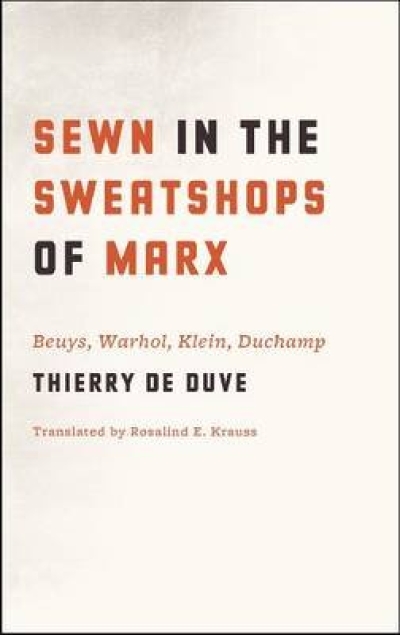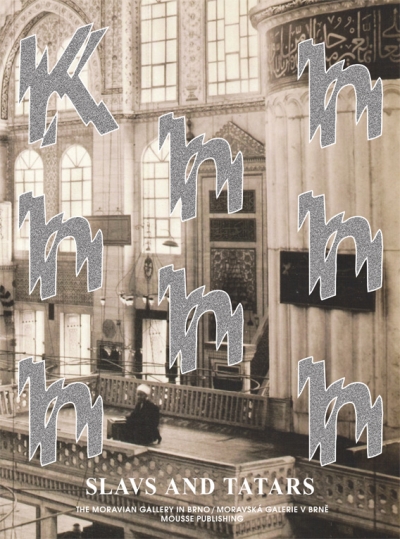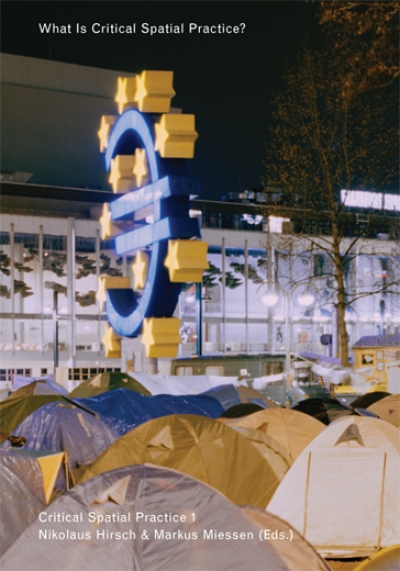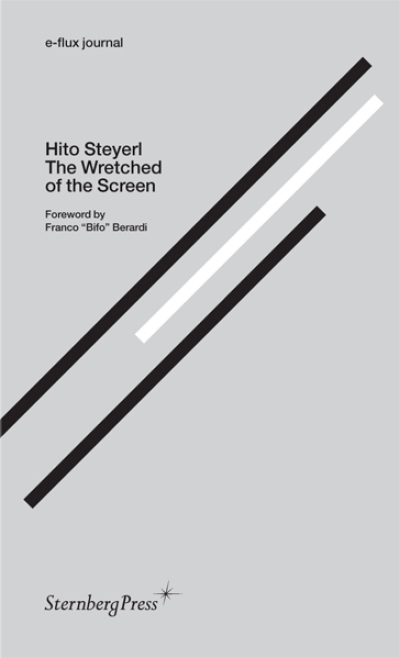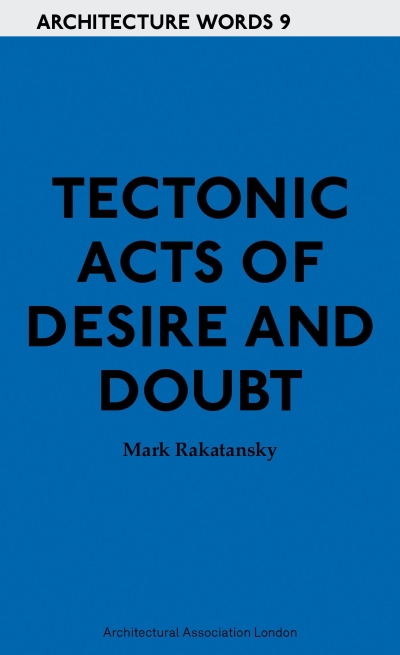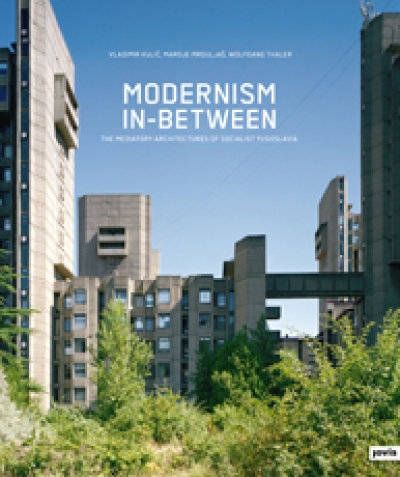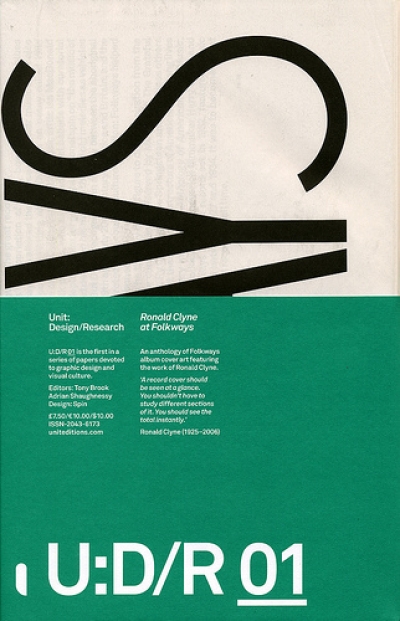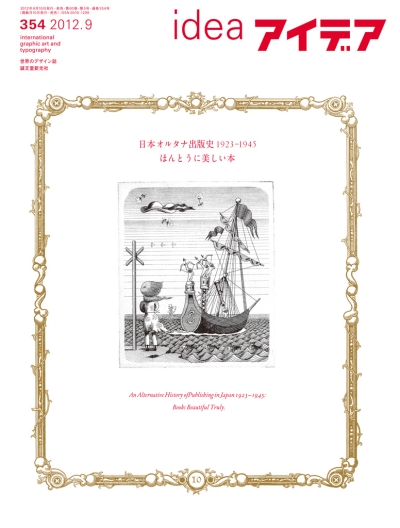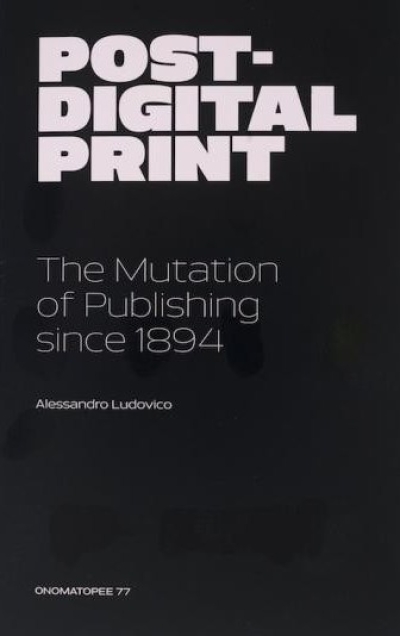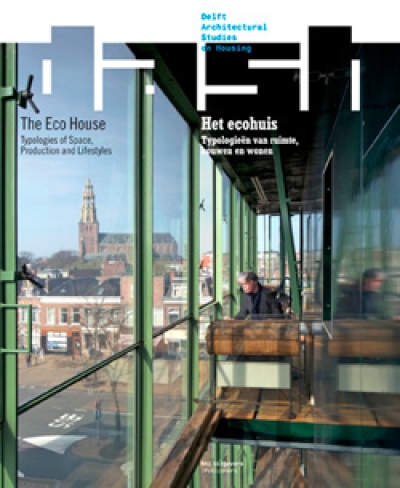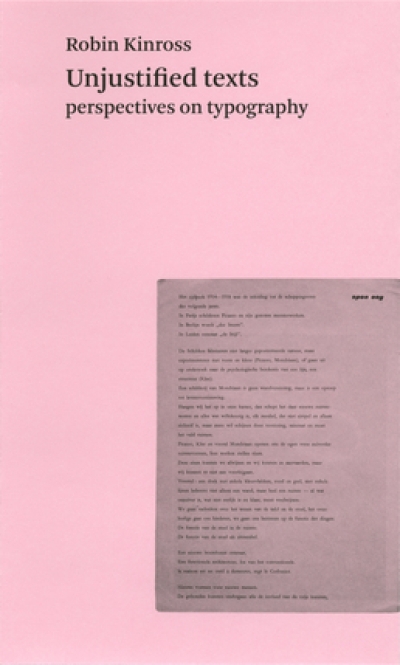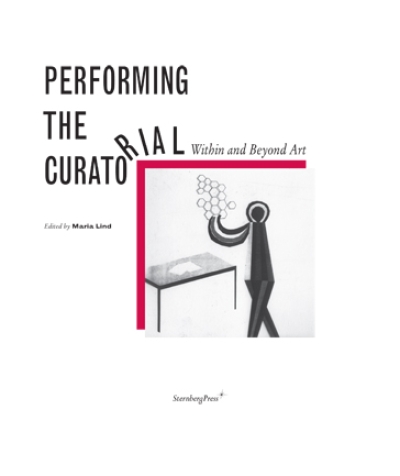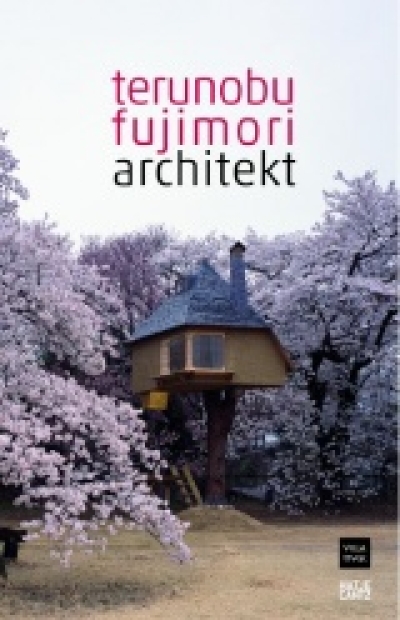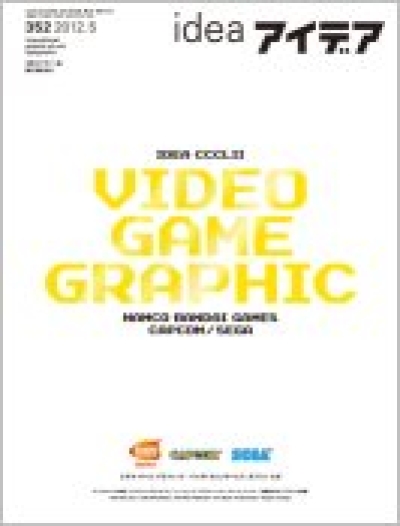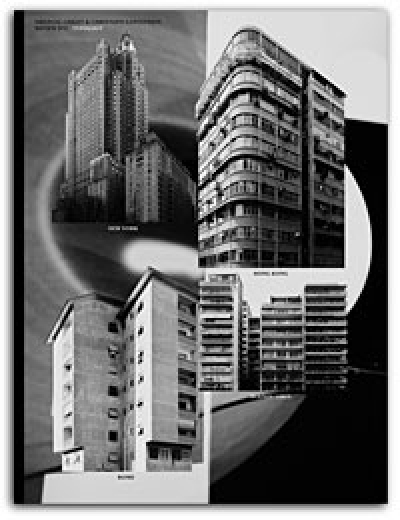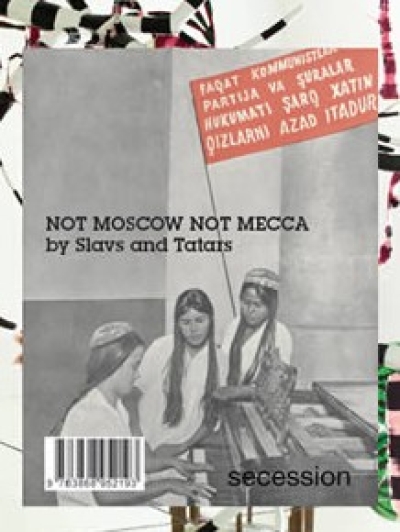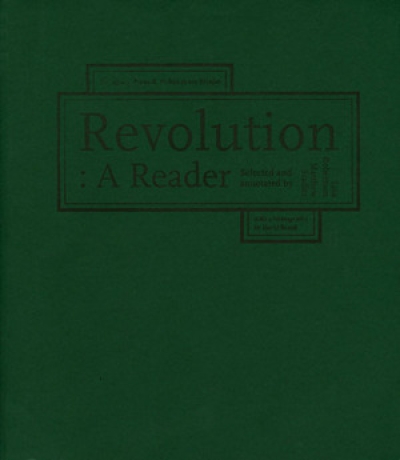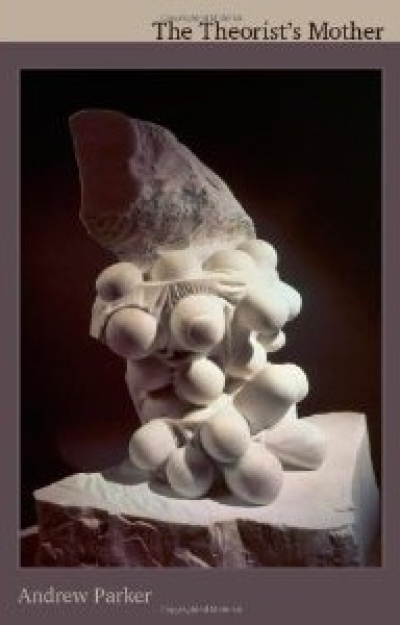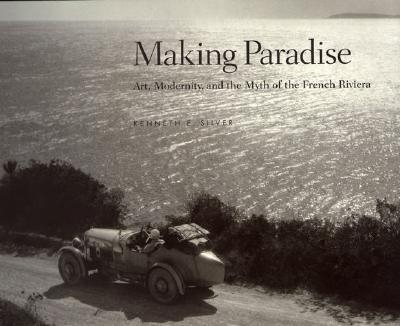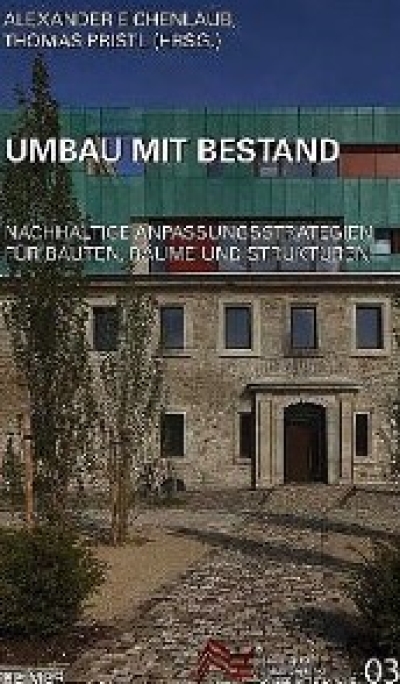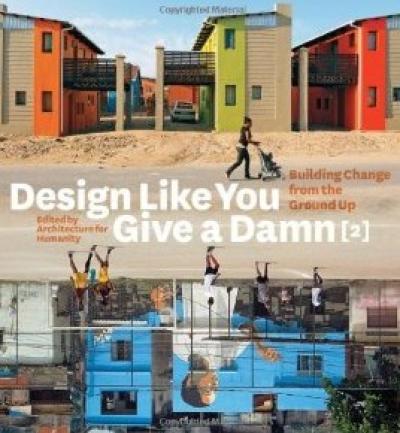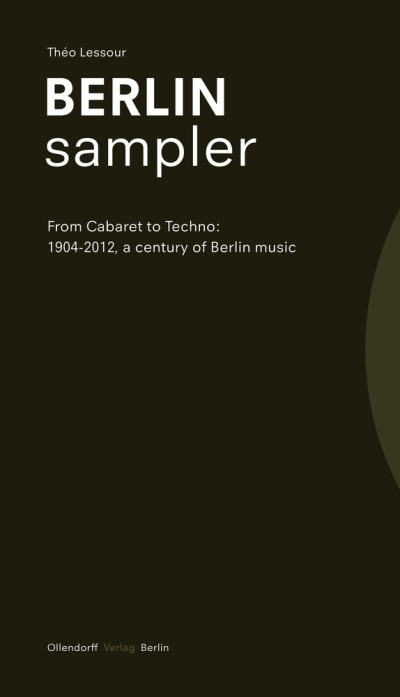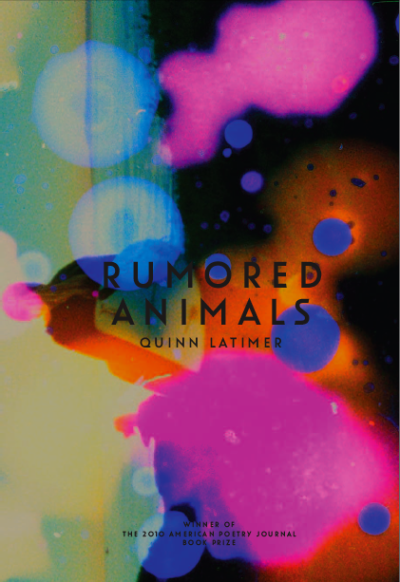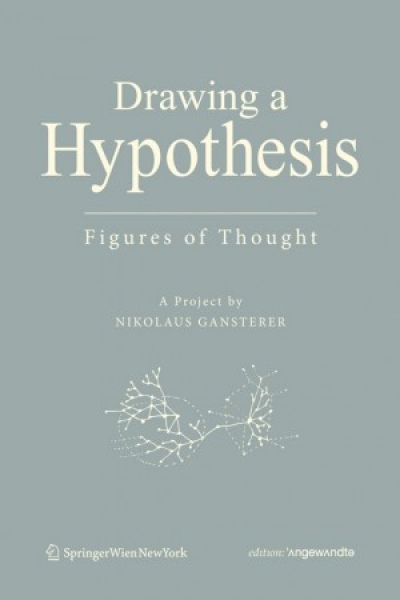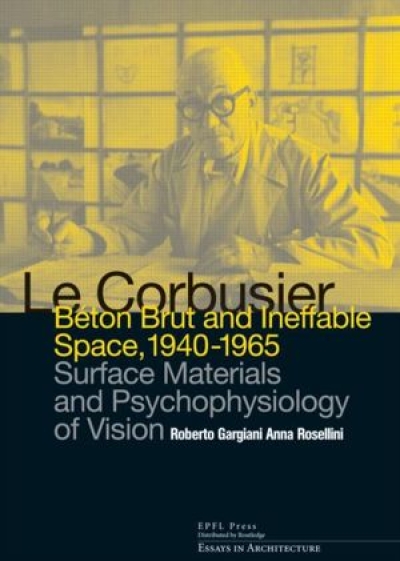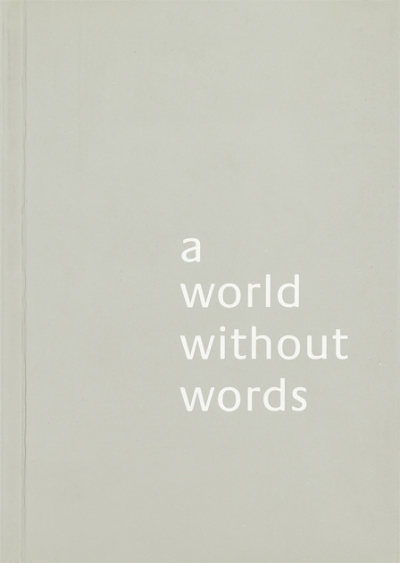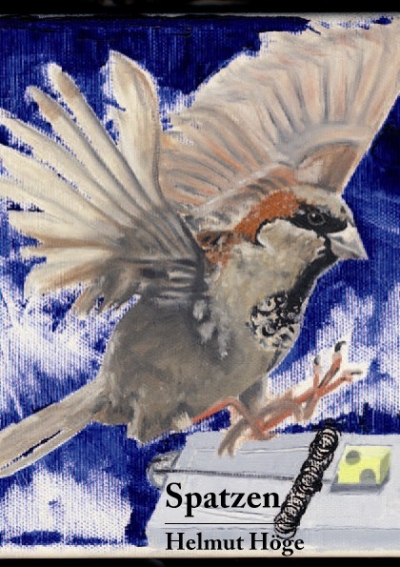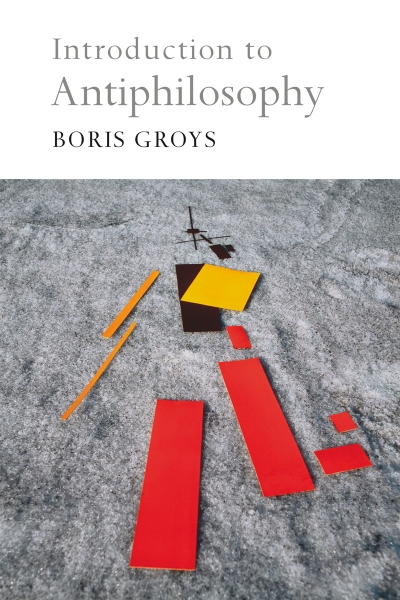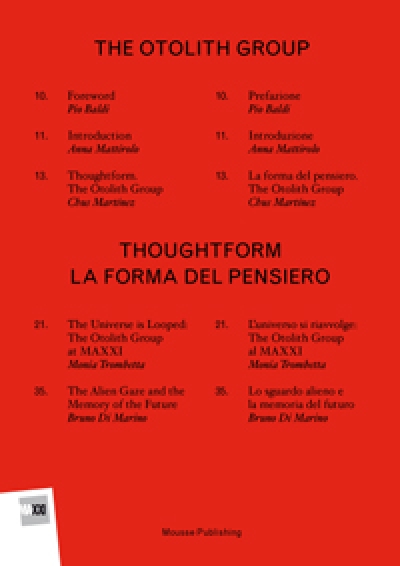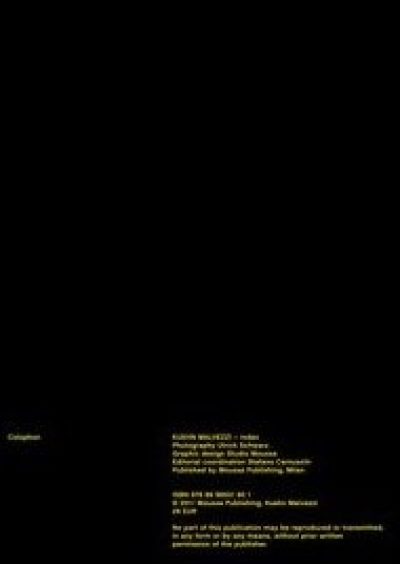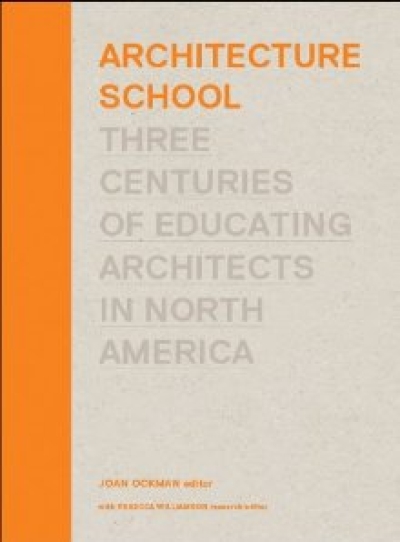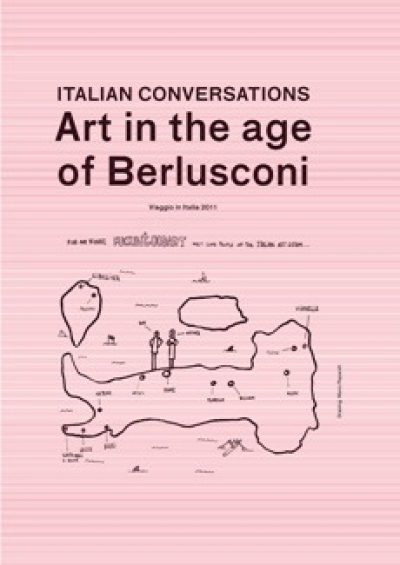
The Hacienda. How Not to Run a Club
Eine Achterbahnfahrt durch Erfolg, Geld, Verwirung und wahren Glauben - dies sind die verrückten und und spannenden Erinnerungen von Robert Hook, dem Mitbegründer der Bands Joy Division und New Order, an die Ära des Manchester Hacienda Clubs. Als junger naiver Musiker eröffneten er und seine Bandkollegen von New Order den Club - und erlebten eine Zeit, die weit trauriger, lustiger, furchterregender und seltsamer war, als man es sich vorstellen kann. Alle Protagonisten - Barney, Tony Wilson und Shaun Ryder - haben hier ihr Stelldichein, wenn Robert Hook erzählt, wie es wirklich gewesen ist.
Peter Hook, as co-founder of Joy Division and New Order, has been shaping the course of popular music for thirty years. He provided the propulsive bass guitar melodies of 'Love Will Tear Us Apart' and the bestselling 12-inch single ever, 'Blue Monday' among many other songs. As co-owner of Manchester's Hacienda club, Hook propelled the rise of acid house in the late 1980s, then suffered through its violent fall in the 1990s as gangs, drugs, greed and a hostile police force destroyed everything he and his friends had created. This is his memory of that era and 'it's far sadder, funnier, scarier and stranger' than anyone has imagined. As young and naive musicians, the members of New Order were thrilled when their record label Factory opened a club. Yet as their career escalated, they toured the world and had top ten hits, their royalties were being ploughed into the Hacienda and they were only being paid GBP20 per week. Peter Hook looked back at that exciting and hilarious time to write HACIENDA. All the main characters appear - Tony Wilson, Barney, Shaun Ryder - and Hook tells it like it was - a rollercoaster of success, money, confusion and true faith.
http://www.cerysmaticfactory.info/the_hacienda_how_not_to_run_a_club.htm...
